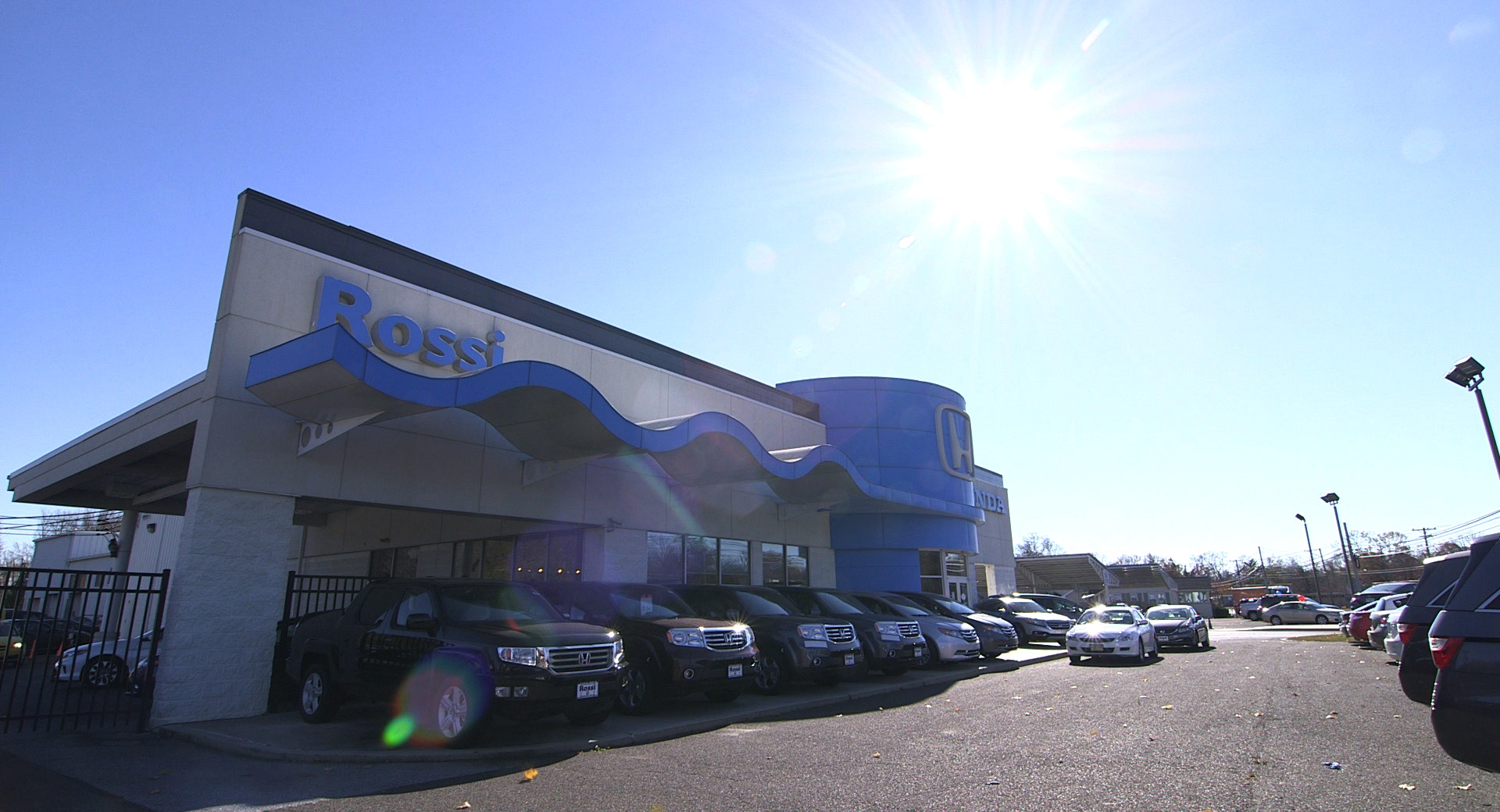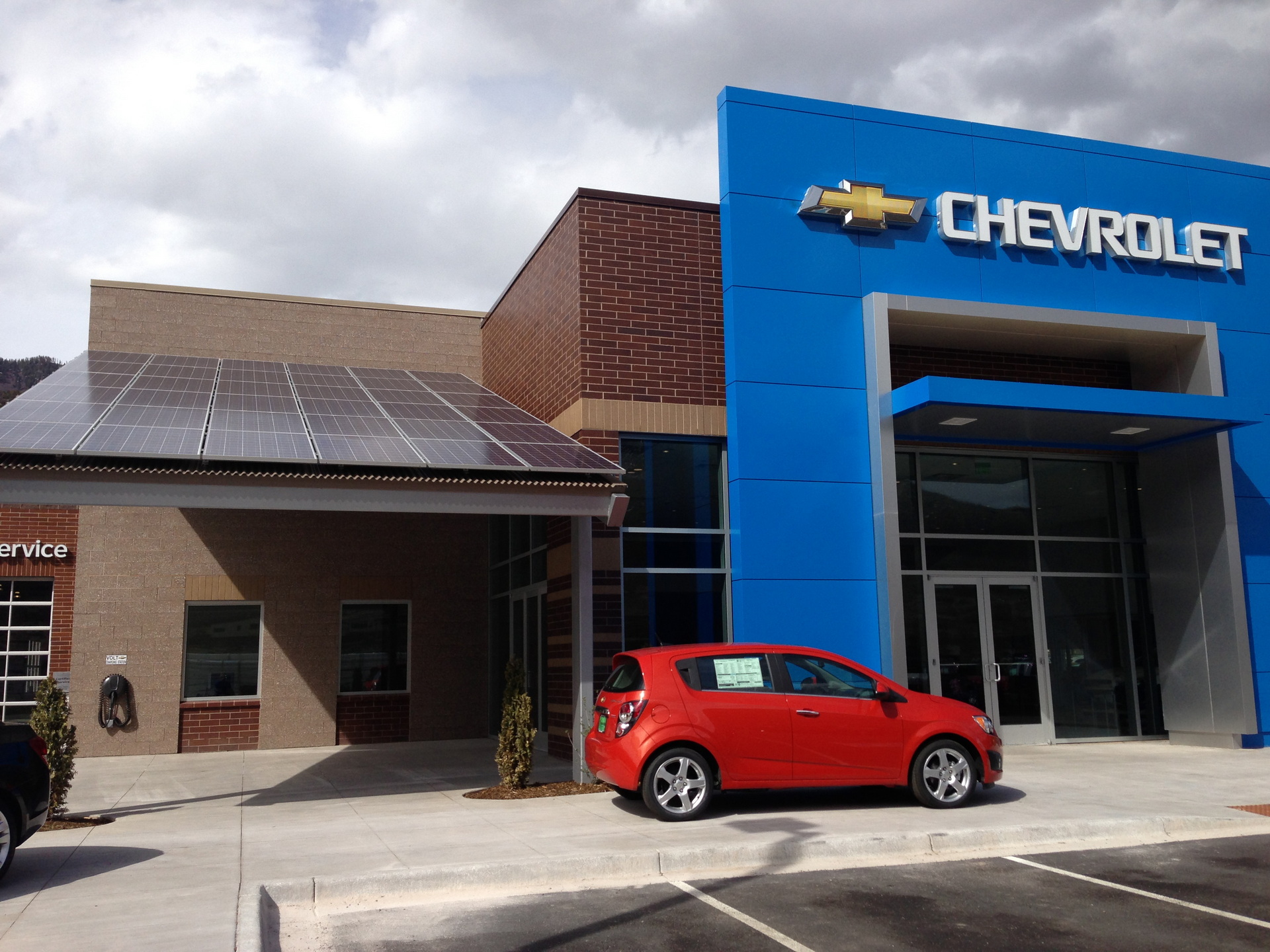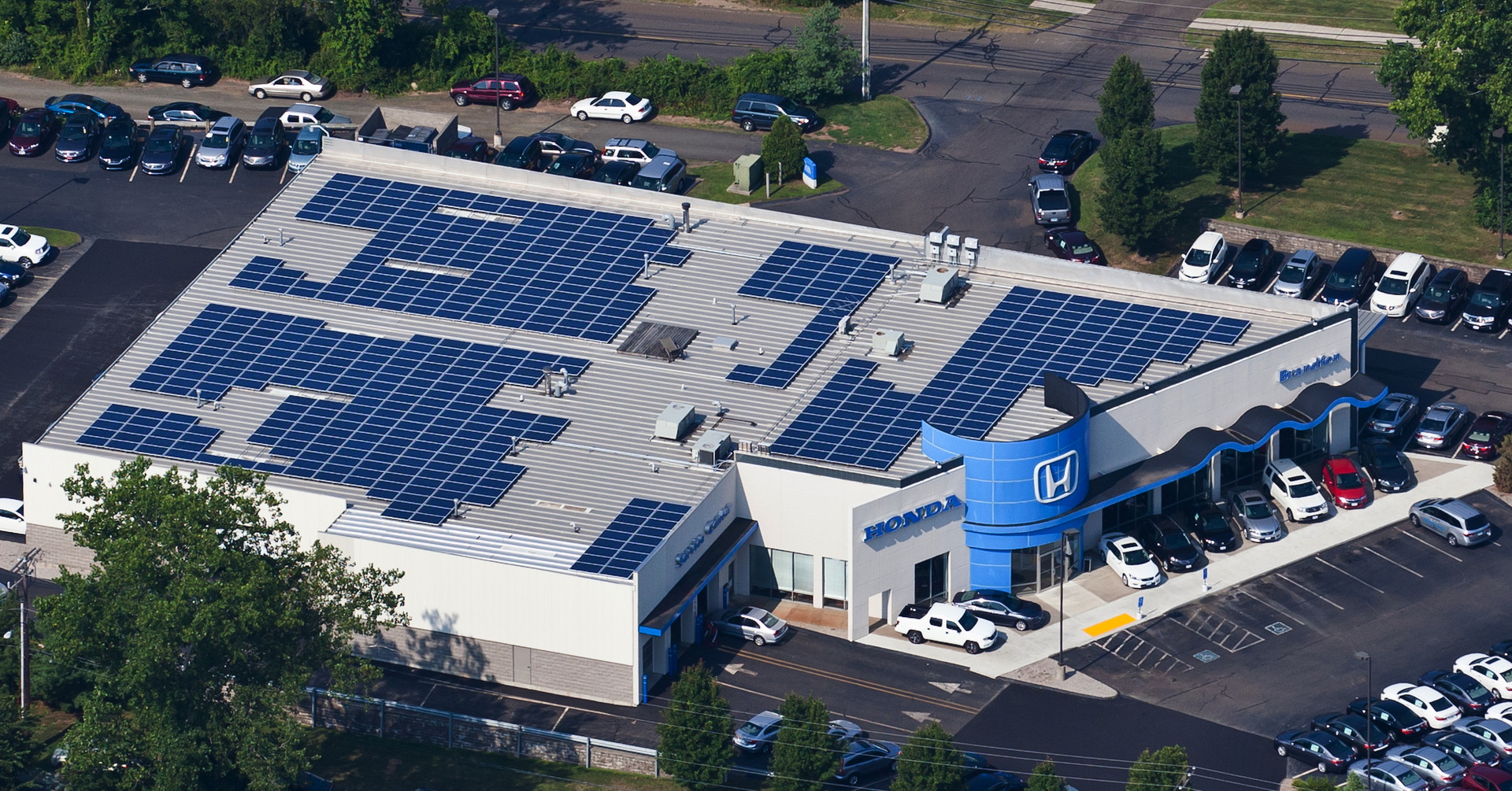Canadians dealing with the high prices of used vehicles shouldn’t look forward to a value bubble bursting. The high prices will be around until 2026, according to the Canadian Black Book.
The organization’s director of OEM strategy and analytics, James Hancock, spoke to Automotive News Canada recently and predicted that the new-inventory crunch that stems from the semiconductor shortage will continue until mid-2023 at the earliest. And that will have knock-on effects.
With fewer vehicles sold until then, there will be fewer used vehicles, be they lease returns or trade-ins, coming onto the market in 2024, 2025, and 2026. So dealers will have to continue to buy those cars at inflated values.
Read Also: These Used Cars And SUVs Cost More Now Than When They Were New
“To be honest, I’ve never seen anything like this,” Hancock said. “I’ve been in the automotive world for 15 years, and it’s an incredible time.”
Fortunately, even though used vehicle prices have been on the rise in Canada, up 4.1 percent this year, the data suggests that the pricing peak was actually in 2021 and that, on average, it has been tapering off since then. That, said Hancock, suggests that this isn’t a bubble that’s set to burst. Instead, prices should slowly come down over the next four years.
The high prices for used vehicles, among other factors, means that Canadian dealers are having to adapt their strategies. Brick-and-mortar dealerships are actually at a disadvantage in this market because vehicle owners are shopping around, looking for the best prices for their trade-ins to be able to afford a better vehicle.
“Consumers are smart, well aware, well-informed and they’re looking to maximize the value for that car and their equity position on that car,” said Hancock. “So, they’re also shopping their cars around to other dealerships to see if somebody is willing to pay more.”
That has given online-only dealers an advantage and may change the car-buying landscape for years to come.










